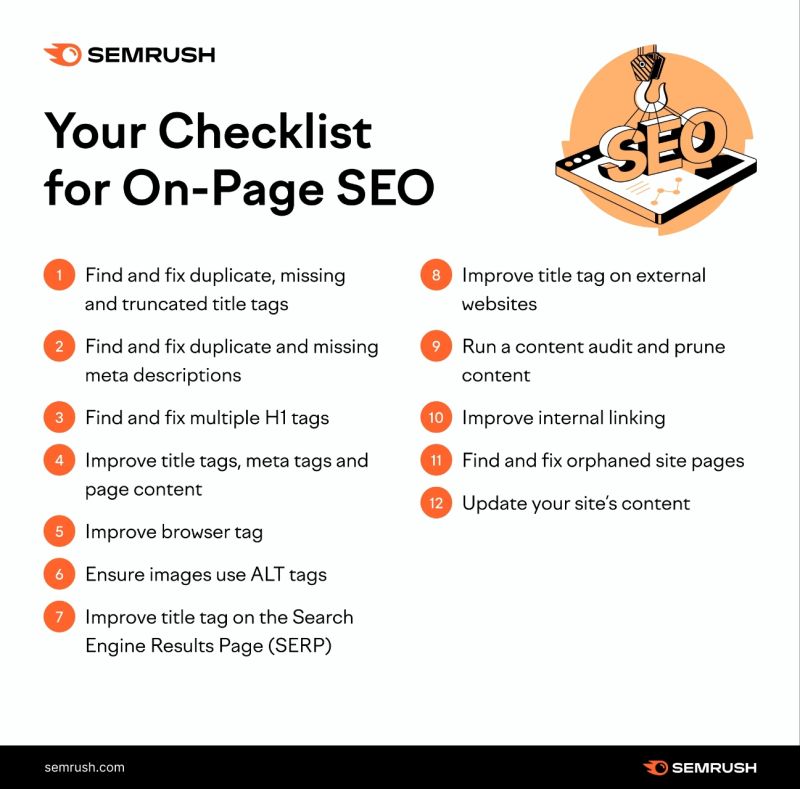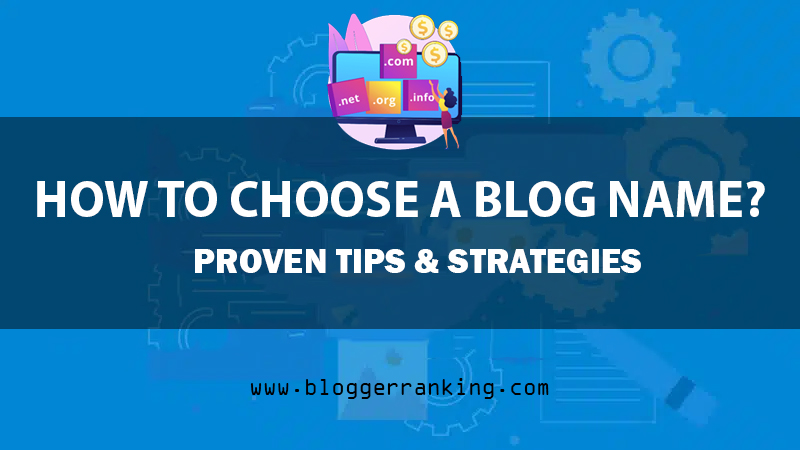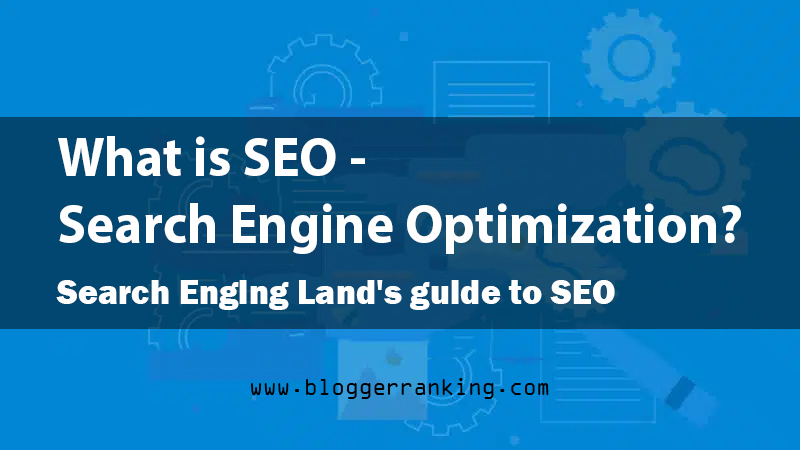If you’re new to SEO and want to learn how to boost your website’s visibility on search engines, you’ve come to the right place. Search Engine Optimization (SEO) is still one of the most effective ways to drive organic traffic to your site, even in 2025. This beginner-friendly guide will walk you through the essential steps to get started with SEO.
Step 1: Learn What SEO Is and Why It Matters
Before diving into the technical stuff, it’s important to understand the basics.
What is SEO?
SEO is the process of optimizing your website so it ranks higher on search engines like Google, Bing, or Yahoo. The higher your site ranks, the more likely people are to find and visit it.
Why is SEO Important?
- It helps you attract free, organic traffic (no ads required!).
- It builds trust and credibility for your brand.
- It improves the user experience on your website.
- It’s a long-term strategy that pays off over time.

Step 2: Start with Keyword Research
Keywords are the foundation of SEO. These are the words and phrases people type into search engines when looking for information.
How to Find the Right Keywords:
- Brainstorm Topics: Think about what your audience is searching for. For example, if you run a fitness blog, keywords might include “home workout tips” or “best protein shakes.”
- Use Keyword Tools: Tools like Google Keyword Planner, Ahrefs, or Ubersuggest can help you find keywords with high search volume and low competition.
- Focus on Long-Tail Keywords: These are longer, more specific phrases (e.g., “best running shoes for beginners”). They’re easier to rank for and often attract more targeted traffic.

Step 3: Optimize Your On-Page SEO
On-page SEO refers to the changes you make directly on your website to improve its ranking.
Key On-Page SEO Tips:
- Title Tags: Write clear, engaging titles that include your primary keyword. Keep them under 60 characters.
- Meta Descriptions: Write a short, compelling summary of your page (around 150-160 characters) to encourage clicks.
- Headers (H1, H2, H3): Use headings to break up your content. Include keywords naturally in your H1 (main title) and subheadings (H2, H3).
- URLs: Keep URLs short, descriptive, and keyword-rich. For example, use
/home-workout-tipsinstead of/page123. - Content: Write high-quality, original content that answers your audience’s questions. Use keywords naturally and avoid stuffing.
- Images: Add alt text to your images to describe them for search engines (e.g., “woman doing yoga at home”)

Step 4: Master Technical SEO
Technical SEO ensures your website is easy for search engines to crawl and index.
Essential Technical SEO Tips:
- Mobile-Friendly Design: Make sure your site works well on all devices, especially mobile phones.
- Fast Loading Speed: Optimize images, use a CDN, and minimize code to speed up your site.
- Secure Your Site: Use HTTPS to protect your site and build trust with visitors.
- XML Sitemap: Create and submit a sitemap to help search engines understand your site structure.
- Robots.txt: Use this file to control which pages search engines can or cannot crawl.

Step 5: Build Off-Page SEO
Off-page SEO focuses on activities outside your website that improve your rankings.
How to Build Off-Page SEO:
- Backlinks: Get other websites to link to your content. Reach out to bloggers, write guest posts, or create shareable content.
- Social Media: Promote your content on platforms like Instagram, Twitter, and LinkedIn to drive traffic and build authority.
- Online Reviews: Encourage happy customers to leave positive reviews on Google My Business or other review sites.

Step 6: Don’t Forget Local SEO (If Applicable)
If you run a local business, local SEO is a must.
Local SEO Tips:
- Google My Business: Claim and optimize your Google My Business listing. Add your business name, address, phone number, and photos.
- Local Keywords: Use location-based keywords like “best coffee shop in [City].”
- Local Citations: List your business in local directories (e.g., Yelp, Yellow Pages) with consistent NAP (Name, Address, Phone) information.
Step 7: Track Your Progress
SEO is a long-term game, so it’s important to monitor your results.
Tools to Use:
- Google Analytics: Track your website traffic, user behavior, and conversions.
- Google Search Console: Monitor your site’s performance in search results, fix errors, and submit sitemaps.
- Regular Audits: Use tools like Screaming Frog or SEMrush to identify and fix SEO issues.
Step 8: Stay Updated with SEO Trends
SEO is always changing. To stay ahead, keep learning.
How to Stay Updated:
- Follow reputable SEO blogs like Moz, Search Engine Journal, and Backlinko.
- Join SEO communities or forums to connect with other professionals.
- Take online courses or attend webinars to deepen your knowledge.
Final Thoughts
SEO might seem overwhelming at first, but by following these steps, you’ll be well on your way to improving your website’s visibility in 2025. Remember, SEO is not a one-time task—it’s an ongoing process. Be patient, stay consistent, and keep learning. Over time, you’ll see your efforts pay off with more traffic, leads, and sales.











